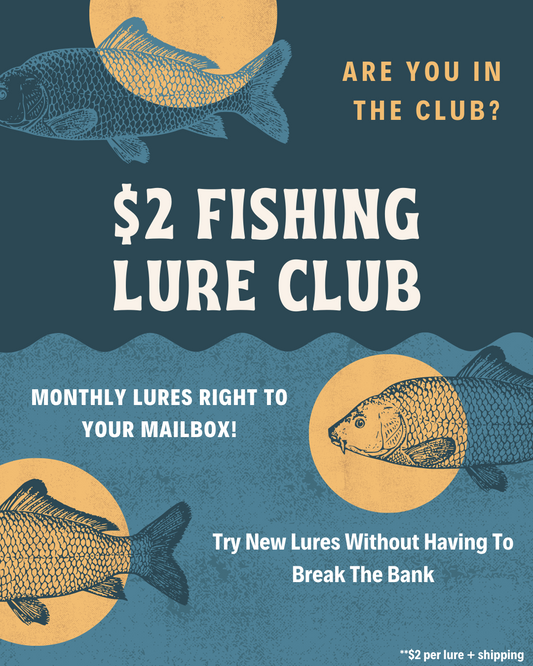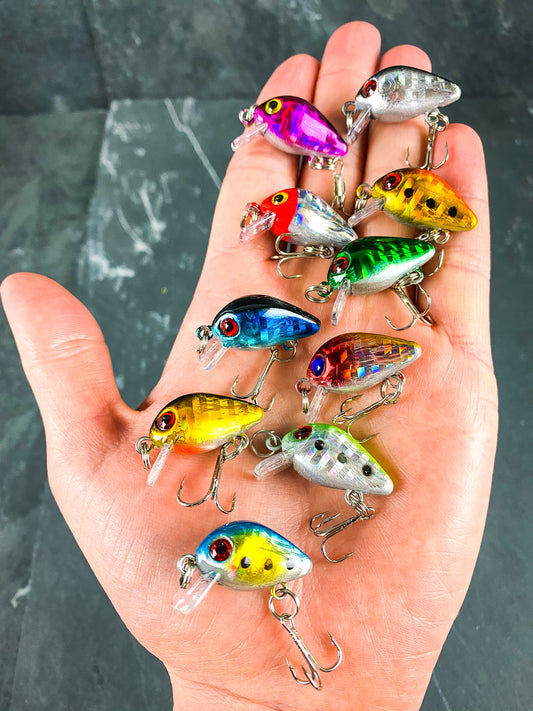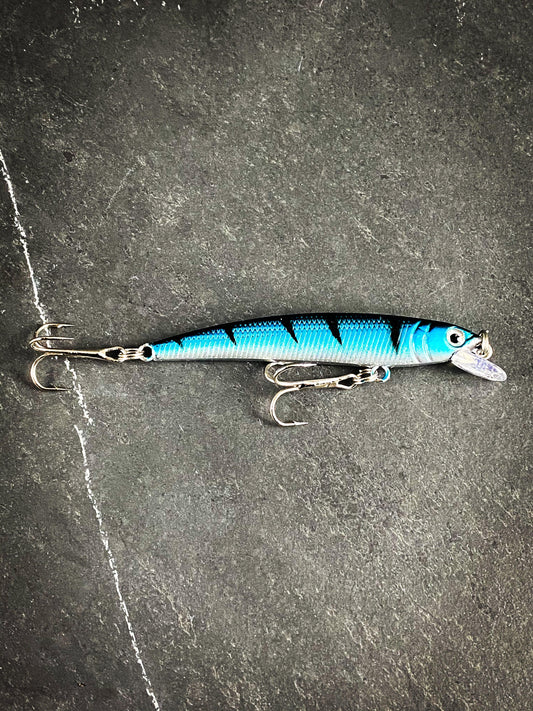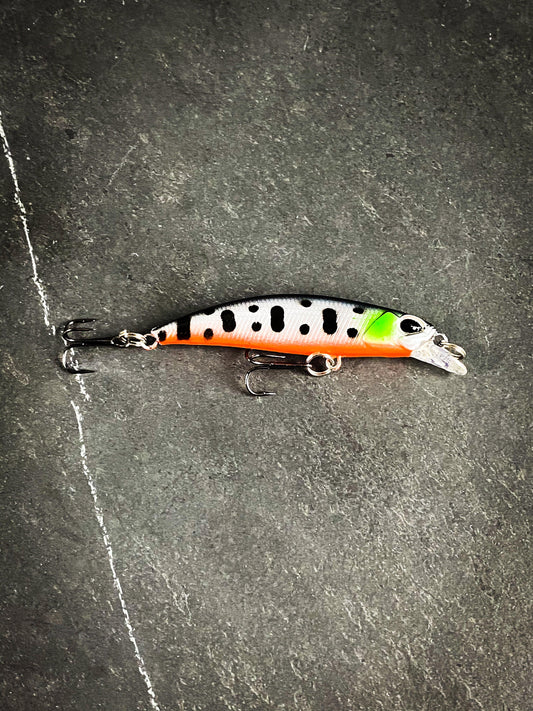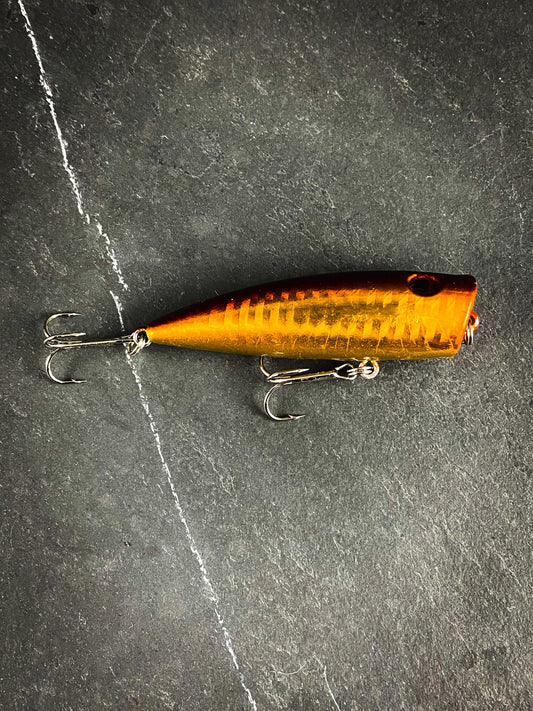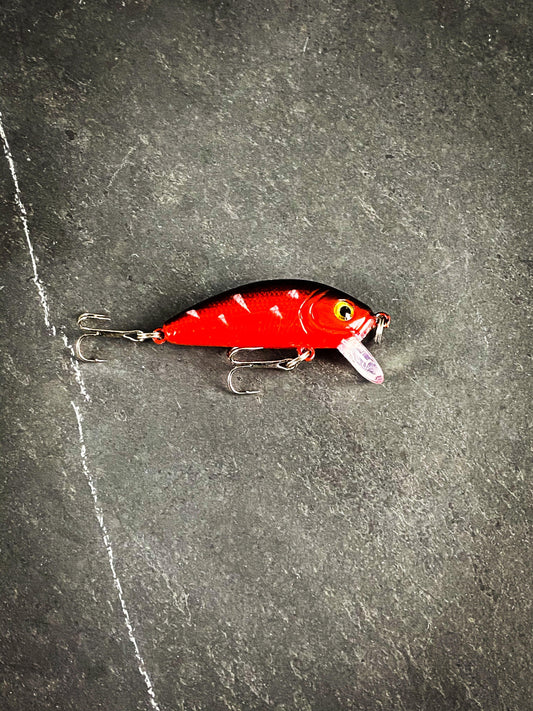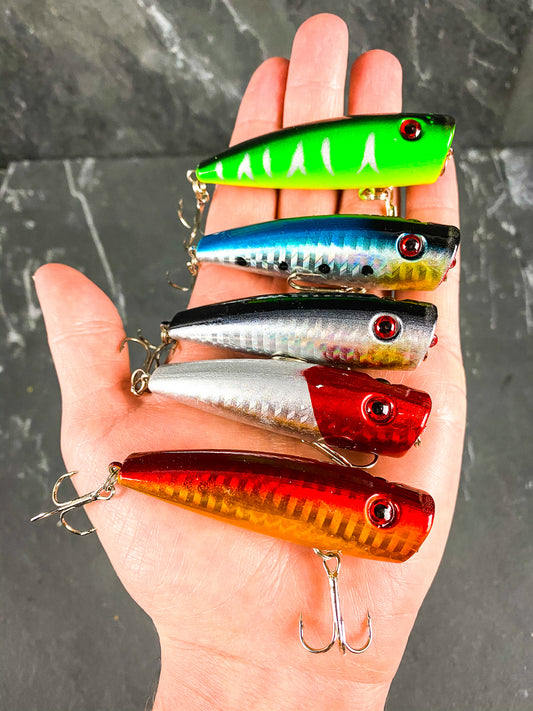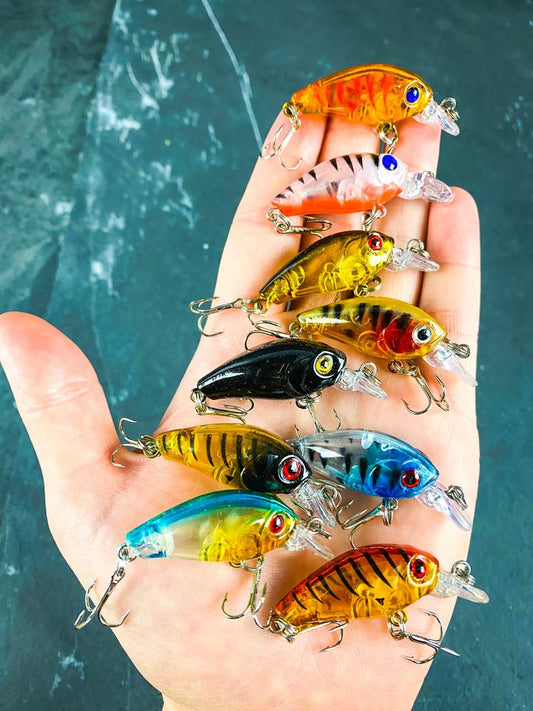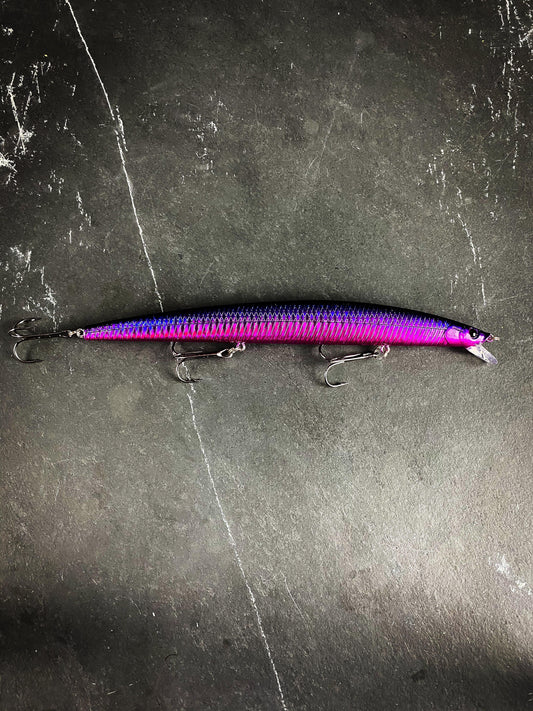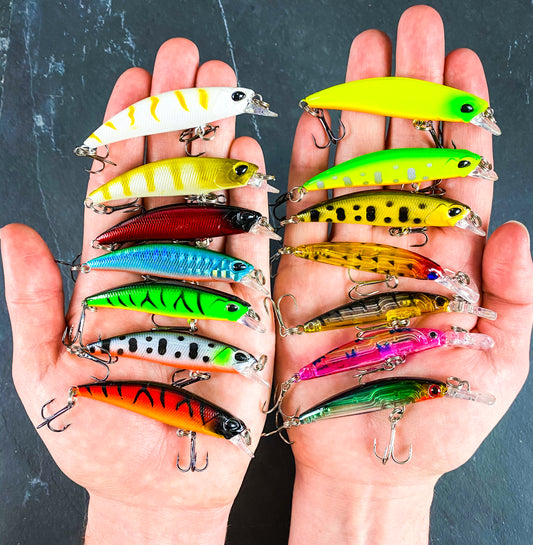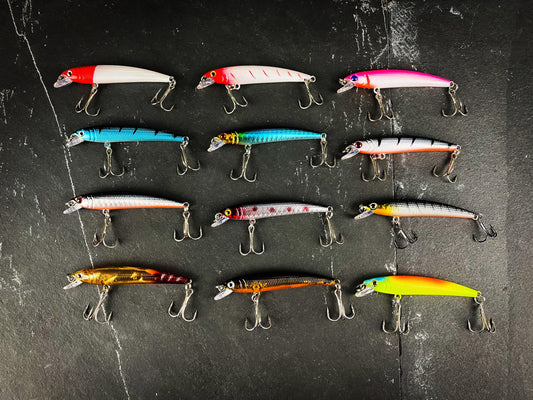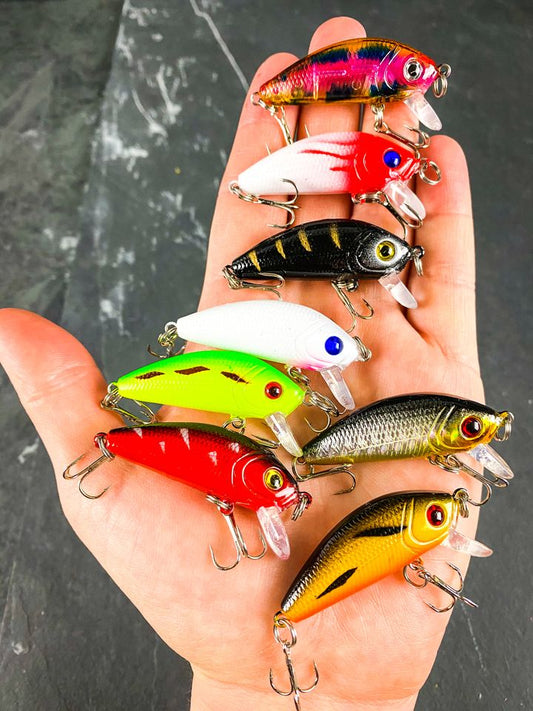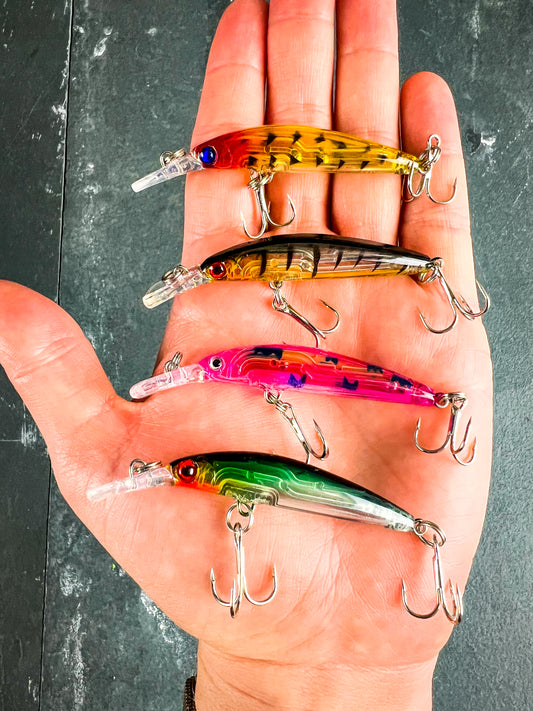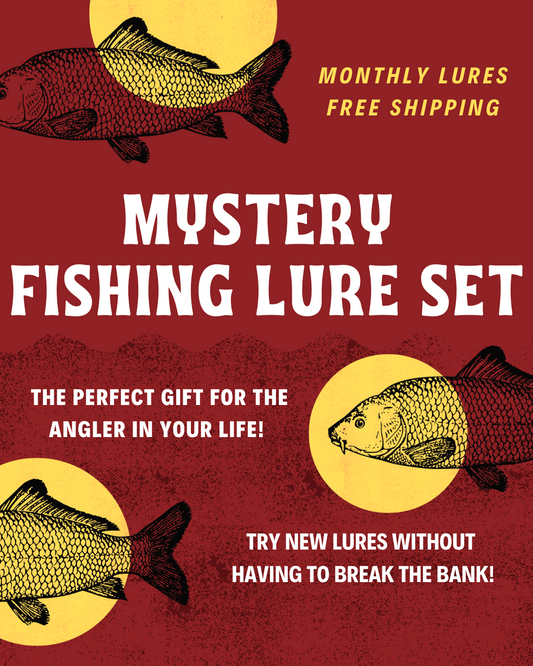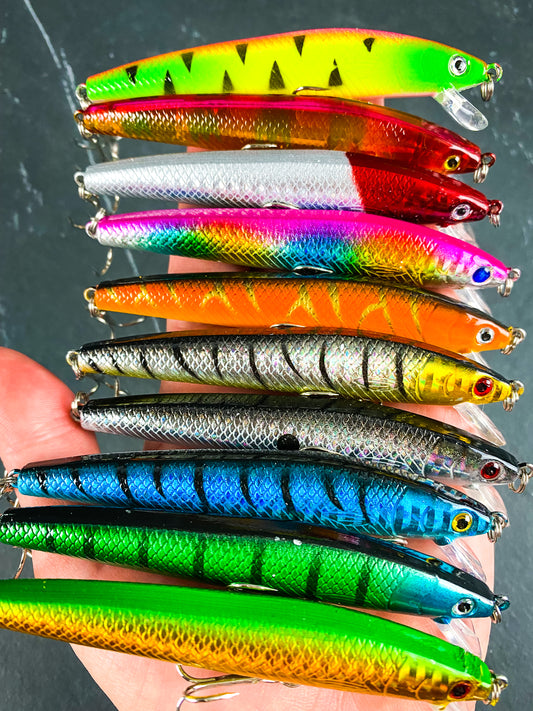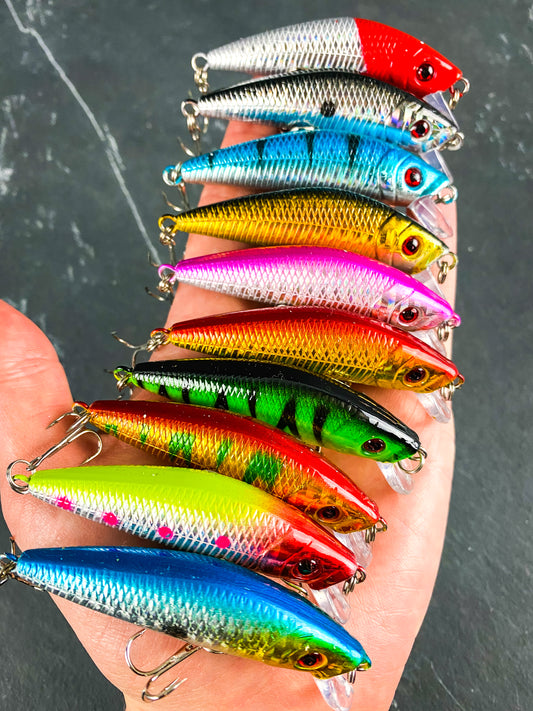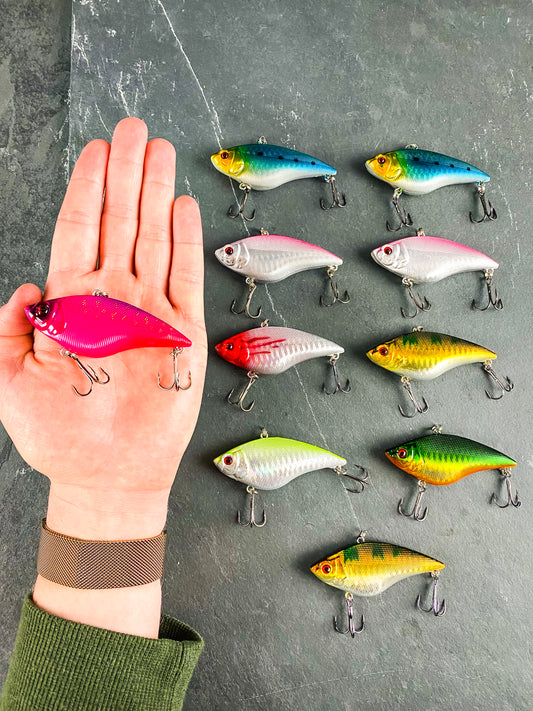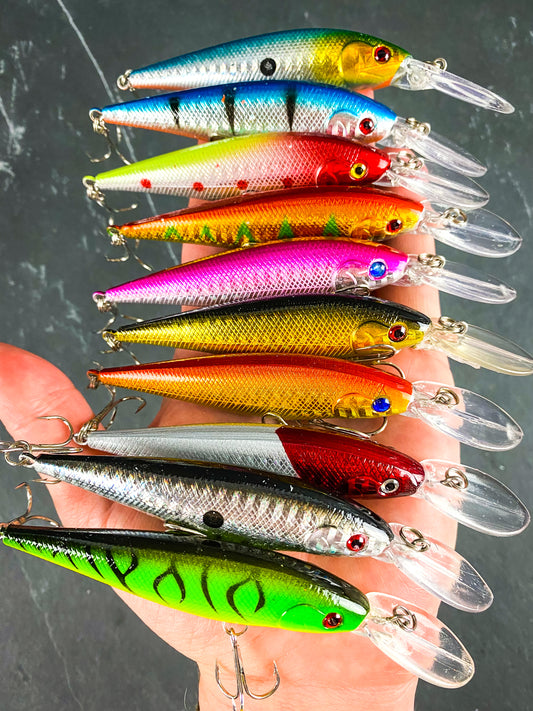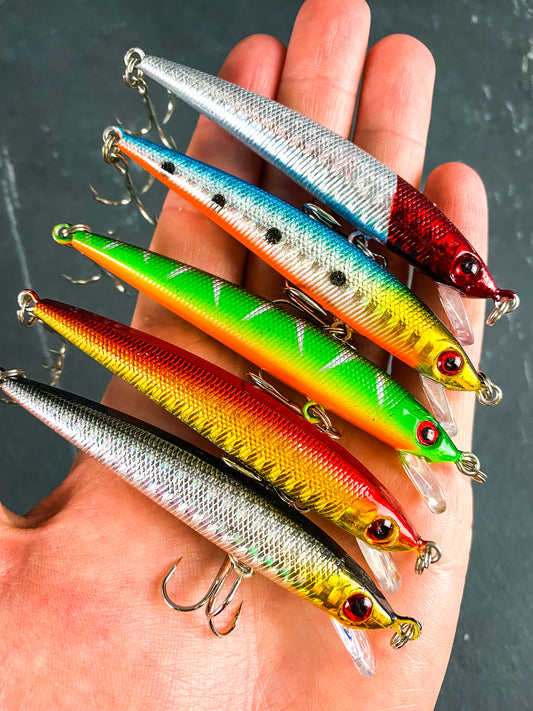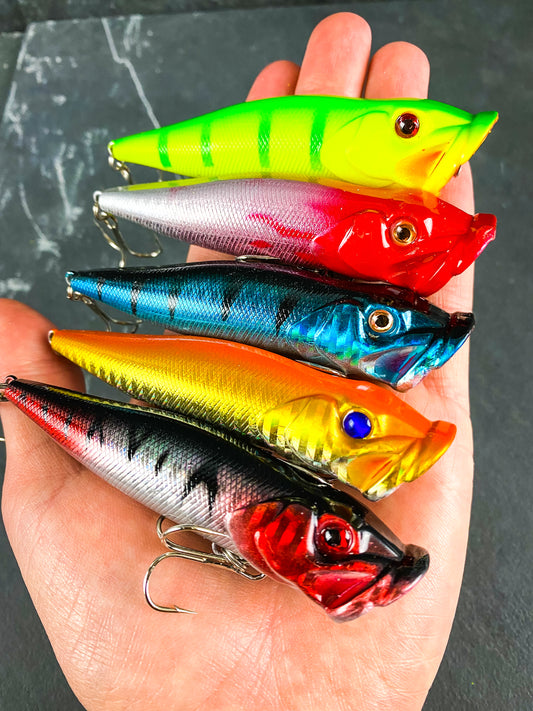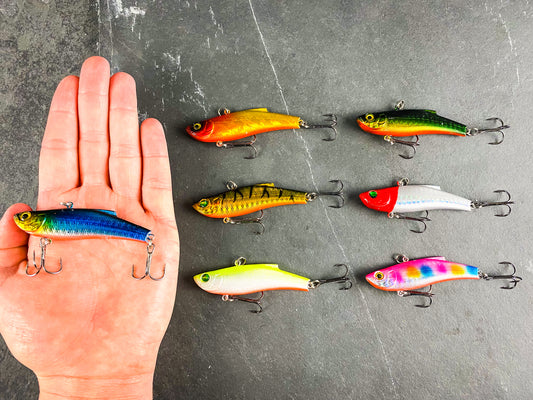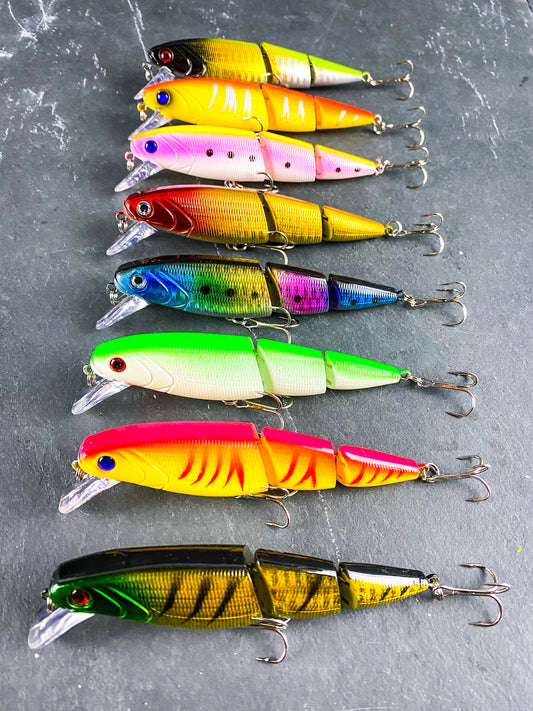Collection: Crankbait Fishing Lures
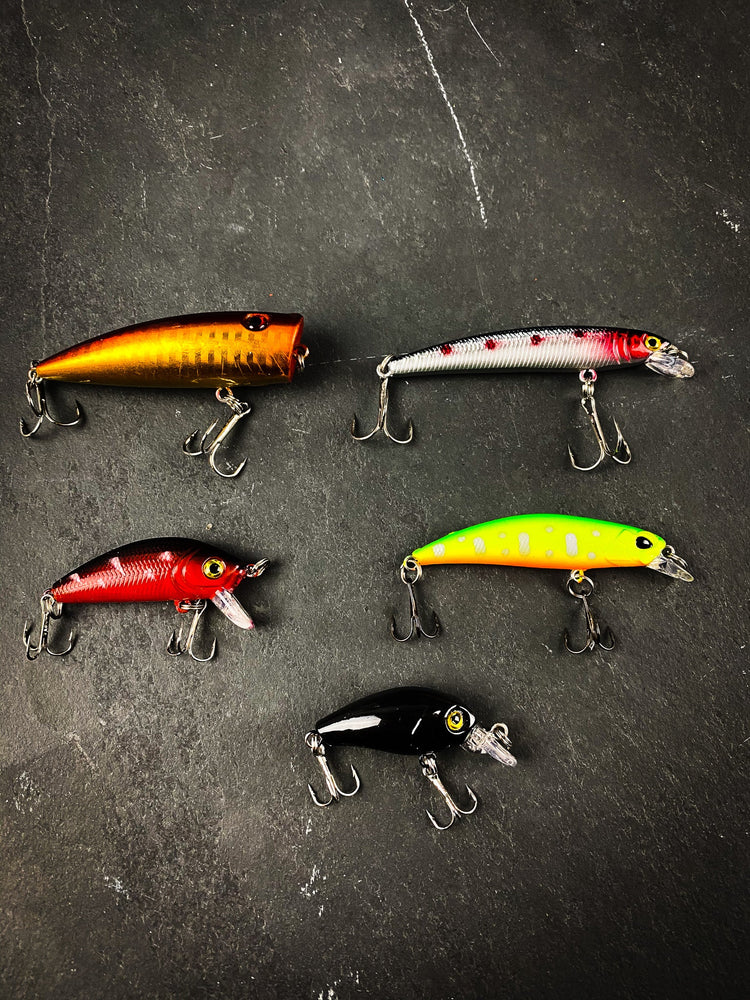
-
$2 Lure Fish Fam Club - Lures to Your Mailbox
5.0 / 5.0
(40) 40 total reviews
Regular price $2.00 USDRegular priceUnit price / per -
Mini Hard Crankbait Sinking Minnow Set
5.0 / 5.0
(37) 37 total reviews
Regular price From $27.00 USDRegular priceUnit price / per -
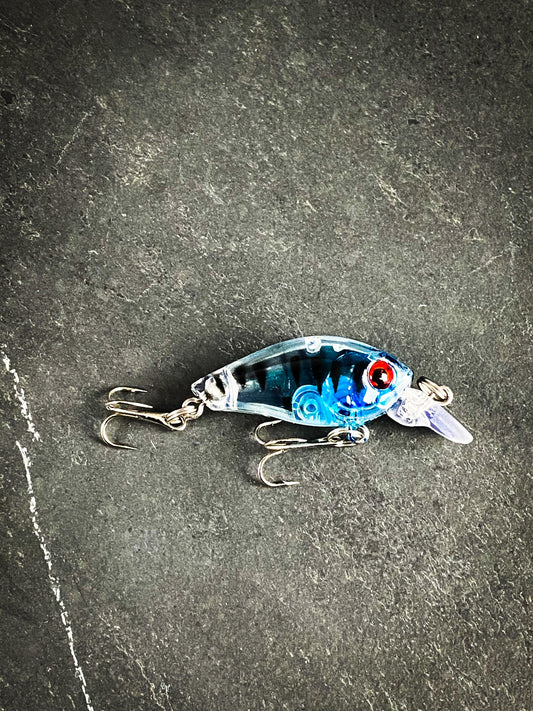 Sold out
Sold outShort Hard Crankbait Sinking Minnow
5.0 / 5.0
(9) 9 total reviews
Regular price $3.50 USDRegular priceUnit price / per$3.99 USDSale price $3.50 USDSold out -
Skinny Long Hard Crankbait Sinking Minnow
5.0 / 5.0
(8) 8 total reviews
Regular price $3.50 USDRegular priceUnit price / per$2.99 USDSale price $3.50 USD -
Skinny Hard Crankbait Sinking Minnow
5.0 / 5.0
(9) 9 total reviews
Regular price $3.50 USDRegular priceUnit price / per$2.99 USDSale price $3.50 USD -
Topwater Popper Large Crankbait Floating Minnow
5.0 / 5.0
(15) 15 total reviews
Regular price $5.00 USDRegular priceUnit price / per$3.99 USDSale price $5.00 USD -
Ultra-Light Crankbait Floating Minnow
5.0 / 5.0
(11) 11 total reviews
Regular price $3.50 USDRegular priceUnit price / per$2.99 USDSale price $3.50 USD -
Topwater Popper Large Crankbait Floating Minnow Set (5)
5.0 / 5.0
(9) 9 total reviews
Regular price $18.00 USDRegular priceUnit price / per -
Short Hard Crankbait Sinking Minnow Set (9)
5.0 / 5.0
(1) 1 total reviews
Regular price $24.00 USDRegular priceUnit price / per -
Extra Large Crankbait Floating Minnow
5.0 / 5.0
(11) 11 total reviews
Regular price $15.00 USDRegular priceUnit price / per$10.99 USDSale price $15.00 USD -
Skinny Hard Crankbait Sinking Minnow Set (14)
5.0 / 5.0
(15) 15 total reviews
Regular price $36.00 USDRegular priceUnit price / per -
Skinny Long Hard Crankbait Sinking Minnow Set (12)
5.0 / 5.0
(18) 18 total reviews
Regular price $32.00 USDRegular priceUnit price / per -
Ultra-Light Crankbait Floating Minnow Set (8)
5.0 / 5.0
(12) 12 total reviews
Regular price $22.00 USDRegular priceUnit price / per -
(4) Skinny Hard Rattling Crankbait Sinking Minnow Fishing Lures
5.0 / 5.0
(19) 19 total reviews
Regular price $17.00 USDRegular priceUnit price / per -
Mystery Fishing Lure Set - FREE Shipping
5.0 / 5.0
(33) 33 total reviews
Regular price From $12.00 USDRegular priceUnit price / per -
*NEW* Rattling Floating Lip Hard Crankbait Fishing Lure Set (10pcs)
5.0 / 5.0
(16) 16 total reviews
Regular price $20.00 USDRegular priceUnit price / per -
*NEW* Rattling Floating Hard Crankbait Fishing Lure Set (10pcs)
5.0 / 5.0
(15) 15 total reviews
Regular price $20.00 USDRegular priceUnit price / per -
10 pcs Lipless Shimmer Rattling Diving Minnow Crankbait Fishing Lure
5.0 / 5.0
(4) 4 total reviews
Regular price $20.00 USDRegular priceUnit price / per -
Rattling Large Lip Floating Hard Crankbait Fishing Lure Set (10pcs)
5.0 / 5.0
(18) 18 total reviews
Regular price $20.00 USDRegular priceUnit price / per -
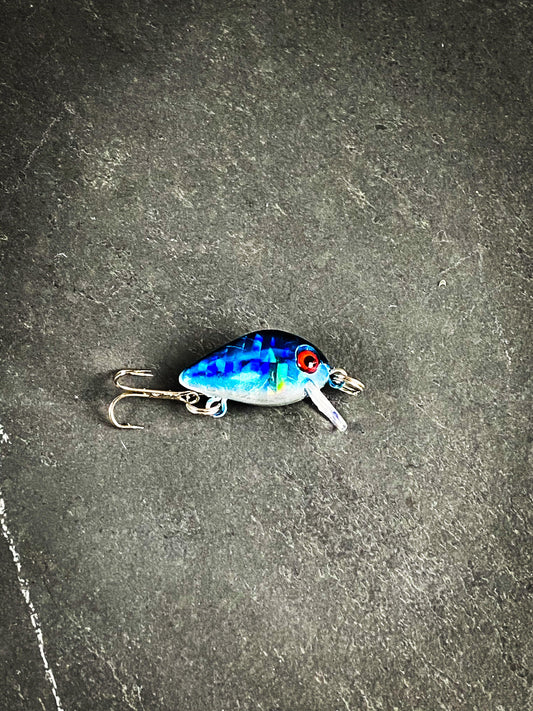 Sold out
Sold outMini Hard Crankbait Sinking Minnow
5.0 / 5.0
(20) 20 total reviews
Regular price $1.99 USDRegular priceUnit price / per$2.99 USDSale price $1.99 USDSold out -
5 pcs Rattling Skinny Long Sinking Hard Crankbait Fishing Lures
5.0 / 5.0
(15) 15 total reviews
Regular price $10.00 USDRegular priceUnit price / per -
5 pcs Extra Large Rattling Topwater Popper Floating Fishing Lures
5.0 / 5.0
(6) 6 total reviews
Regular price $10.00 USDRegular priceUnit price / per -
7 pcs Lipless Fin Diving Minnow Crankbait Fishing Lures
5.0 / 5.0
(1) 1 total reviews
Regular price $14.00 USDRegular priceUnit price / per -
8 pcs Jointed Rattling Floating Swimbait Hard Fishing Lures
5.0 / 5.0
(6) 6 total reviews
Regular price $16.00 USDRegular priceUnit price / per
Crankbaits: The Ultimate Guide for Anglers Who Want to Catch More Fish
If you’ve ever wondered what is a crankbait or how to use a crankbait to catch more fish, you’re in the right place. Crankbaits are a time-tested lure that continues to dominate both freshwater and tournament scenes for one simple reason—they work. But using them properly takes more than tying one on and casting blindly. To make the most of crankbaits, you need to understand their design, their purpose, and how to fish them in different scenarios throughout the year.
At Outdoor Junction, we’re passionate about crankbaits not just because they sell—but because we fish them. Our team is made up of real anglers who rely on these lures to catch bass, walleye, pike, and other gamefish across a variety of lakes, rivers, and reservoirs. This in-depth guide will break down everything you need to know, including what crankbaits are, how they function, and the expert techniques that separate casual weekend warriors from serious fish catchers.
What Is a Crankbait?
A crankbait is a hard-bodied lure made to mimic the look, sound, and movement of an injured baitfish. Most crankbaits have a plastic or metal lip—also called a bill—on the front. This lip causes the lure to dive and wobble when retrieved. The length and angle of that bill determine how deep the lure will go and how it moves through the water.
There are several types of crankbaits available, each suited for specific conditions and water depths:
-
Shallow-diving crankbaits are best for fishing around docks, laydowns, and shoreline cover where fish hold tight to structure.
-
Medium-diving crankbaits target suspended bass and other predators in the 6–12 foot range, which is often a sweet spot in early summer or fall transitions.
-
Deep-diving crankbaits are designed to reach fish hanging deep along ledges, drop-offs, and humps—typically more than 15 feet down.
Beyond depth, crankbaits are often differentiated by their body shape (round, flat, or minnow-like), their sound chamber (silent vs. rattling), and their action (tight wobble or wide wiggle). Understanding these differences will help you match the hatch and choose the right bait for the day.
How to Use a Crankbait: Step-by-Step Breakdown
Fishing with a crankbait may look simple, but doing it right involves strategy. Here's a step-by-step guide for how to use a crankbait properly:
Step 1: Pick the Right Crankbait
Selecting the right crankbait starts with analyzing the water you're fishing. Are the fish holding shallow or deep? Are they feeding on shad, bluegill, or crawfish? In clear water, natural and translucent colors like ghost shad or bluegill patterns excel. In muddy water, brighter colors such as chartreuse or fire tiger can trigger aggressive reaction bites.
You’ll also want to pick a crankbait with a diving depth that allows you to get down to—or slightly below—the depth where fish are staging. It's often better to have the lure dig into the bottom or bump off structure than to swim above the strike zone.
Step 2: Match Your Gear to Your Lure
Crankbaits put pressure on your rod and line as they dive and vibrate. That’s why a moderate-action rod is essential—it cushions the bait’s movement and keeps hooks from tearing out during the fight. We recommend a medium or medium-heavy rod with a slower gear ratio reel, such as 5.4:1 or 6.4:1, which lets you slow down and control the action. Line choice matters too—fluorocarbon sinks and provides less stretch, giving you better depth control and sensitivity.
Step 3: Retrieve with Purpose
Now that your lure is in the water, don’t just crank it back mindlessly. The key to how to fish a crankbait is to make it do something. Start with a steady retrieve, but then mix in sudden pauses, quick jerks, or speed changes to simulate a wounded baitfish. Strikes often come when the lure suddenly changes speed or direction.
Most importantly, try to make contact with something. Whether it’s ticking rocks, scraping bottom, or banging into logs, that moment of deflection is often when a bass decides to strike. Don’t fear contact—embrace it.
How to Fish a Crankbait Like a Veteran Angler
Fishing a crankbait well is about efficiency, feel, and timing. The goal is to cover water fast but not waste casts. If you want to know how to use a crankbait to its full potential, it starts with target selection and adjusting to conditions.
Use Structure to Your Advantage
Fish relate to structure—period. Whether it’s riprap, sunken timber, bridge pilings, or weed edges, these are ambush points where predators wait to strike. Crankbaits allow you to explore these zones aggressively. Cast parallel to structure when possible, allowing your bait to stay in the strike zone longer. The more your lure makes contact with structure, the more realistic it appears.
Adapt to the Seasons
Understanding seasonal patterns is key to crankbait success:
-
Spring: Fish move shallow to spawn. Use squarebills to bounce off cover in 2–6 feet of water.
-
Summer: Move deeper as fish seek cooler water. Use deep divers to fish humps, channels, and ledges.
-
Fall: Bass chase baitfish. Match the hatch with medium divers in shad patterns near wind-blown points.
-
Winter: Slow things down. Coldwater crankbaiting requires finesse—go for tight-wobble baits and long pauses.
Common Mistakes That Kill Your Crankbait Game
Even experienced anglers can misuse crankbaits if they aren’t paying attention to small details. Here are common mistakes that reduce your success—and how to fix them:
-
Reeling Too Fast: Speed kills when it comes to crankbaits. A steady, controlled retrieve allows the bait to dive to depth and wobble naturally. Speeding up too much causes it to blow out and rise.
-
Fishing the Wrong Line: Using monofilament can prevent your bait from diving deep enough, while braided line may reduce the bait’s natural action. Fluorocarbon strikes the perfect balance—it sinks, it's abrasion resistant, and it's nearly invisible underwater.
-
Using the Wrong Rod Action: A fast-action rod can pull the bait out of a fish’s mouth. You want something with flex to allow fish to fully commit and stay pinned.
-
Avoiding Contact: If you’re not feeling your crankbait bump something—rocks, stumps, weeds—you’re not maximizing its potential. Contact triggers strikes. Period.
Advanced Modifications for Crankbait Pros
Once you've mastered the basics, you can take your crankbait game to the next level with these simple tweaks:
-
Swap Hooks: Upgrade your stock trebles to short-shank, wide-gap hooks for better penetration and fewer missed fish.
-
Add Weight Strips: Stick-on lead strips help suspend your crankbait or make it sink slowly, which is deadly in cold water.
-
Paint or Customize: Use dye pens or airbrush kits to alter your crankbait's look to perfectly match the local forage.
-
Split Ring Swaps: Cheap split rings can fail under pressure. Upgrade to high-quality ones for more secure hookups.
These small changes make a big difference, especially when fish are pressured or conditions are tough.
Best Times and Places to Fish a Crankbait
Crankbaits are versatile enough to be fished nearly year-round, but they truly shine in certain situations. Overcast days, post-frontal conditions, and areas with wind-blown baitfish are prime. Similarly, anytime you see fish suspended on your electronics or chasing bait on the surface, it’s time to throw a crank.
Crankbaits also thrive in lakes with:
-
Rocky shorelines
-
Submerged roadbeds
-
Shallow flats with hard bottoms
-
Points and secondary points
Using a GPS or fish finder to locate these features will put you ahead of the pack.
Crankbait Fishing FAQs
What Is Crankbait Fishing?
Crankbait fishing involves using diving hard-bodied lures that imitate fleeing or wounded baitfish to trigger reaction bites from predatory fish. It's one of the most effective ways to cover water and locate feeding fish.
How Deep Does a Crankbait Go?
Each crankbait has a specified diving range, usually listed on the package. Shallow divers work in the 0–5 ft range, medium divers in 6–12 ft, and deep divers go beyond 15 ft. The depth can also vary based on line type, line length, and retrieval speed.
Is a Crankbait Good for Bass?
Absolutely. Crankbaits are one of the best lures for bass fishing. Their vibration and wobble tap directly into a bass’s instinct to chase and strike, especially when deflected off structure.
Can You Troll with Crankbaits?
Yes. Trolling crankbaits is especially effective for walleye, pike, and lake trout. Use a rod holder, set your trolling speed, and let the crankbait do the work.
Why Buy Crankbaits from Outdoor Junction?
We built Outdoor Junction for serious anglers who want proven tackle without the fluff. Every crankbait in our store is handpicked by real fishermen, tested on real waters, and backed by a deep knowledge of what works.
When you shop with us, you're getting:
-
Expert-curated selections that match real fishing conditions
-
Affordable prices without sacrificing performance
-
Fast shipping and easy customer support
-
Authentic reviews from real anglers
We don’t carry gimmicks or overpriced lures with no field history. If it’s on our site, it’s caught fish.
Final Cast: Become a Crankbait Master
Crankbaits are more than just lures—they're tools that help you locate fish fast, provoke reaction bites, and dial in your approach on any body of water. Whether you're trying to figure out how to use a crankbait, what crankbait to choose, or how to fish it for bass, this guide has you covered.
We encourage you to explore our full crankbait collection above. Stock up with confidence knowing every bait was chosen with one thing in mind—helping you catch more fish.
👉 Shop crankbaits now and start landing your personal best today.
Blog posts
View all-
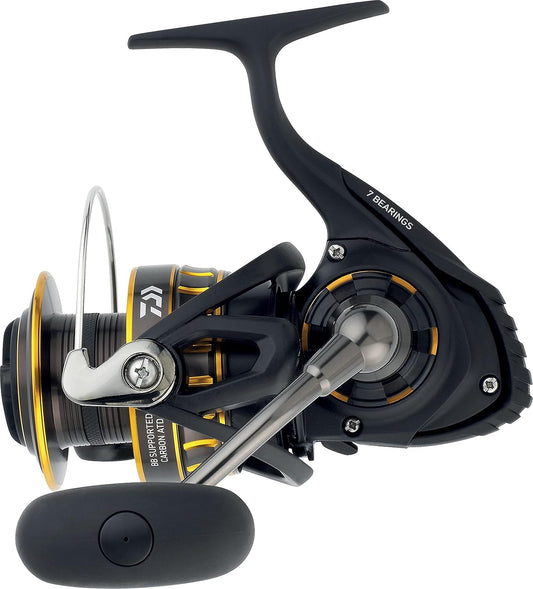
Top 5 Amazon Fishing Reels of 2024 - Best Fishi...
Top 5 Amazon Fishing Reels of 2024 - Best Fishing Gift Why a Fishing Reel Makes the Perfect Gift in 2024 Looking for the ideal gift for a fishing enthusiast?...
Top 5 Amazon Fishing Reels of 2024 - Best Fishi...
Top 5 Amazon Fishing Reels of 2024 - Best Fishing Gift Why a Fishing Reel Makes the Perfect Gift in 2024 Looking for the ideal gift for a fishing enthusiast?...
-

How a Backcountry Fisher Married a City Girl fr...
When a rugged backcountry fisher fell in love with a city girl from New York. Their journey to the altar is full of outdoor wedding inspiration, rustic decor ideas, and...
How a Backcountry Fisher Married a City Girl fr...
When a rugged backcountry fisher fell in love with a city girl from New York. Their journey to the altar is full of outdoor wedding inspiration, rustic decor ideas, and...
-
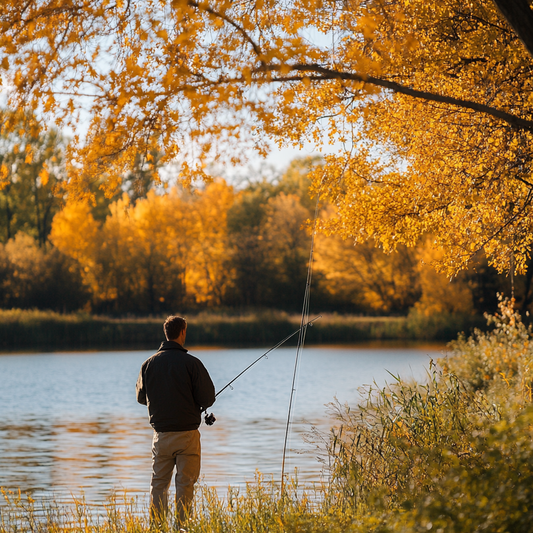
What is the Best Lure for Freshwater Fishing?
When it comes to freshwater fishing, choosing the right lure can make all the difference between a successful day on the water and going home empty-handed. From jigs to crankbaits,...
What is the Best Lure for Freshwater Fishing?
When it comes to freshwater fishing, choosing the right lure can make all the difference between a successful day on the water and going home empty-handed. From jigs to crankbaits,...

